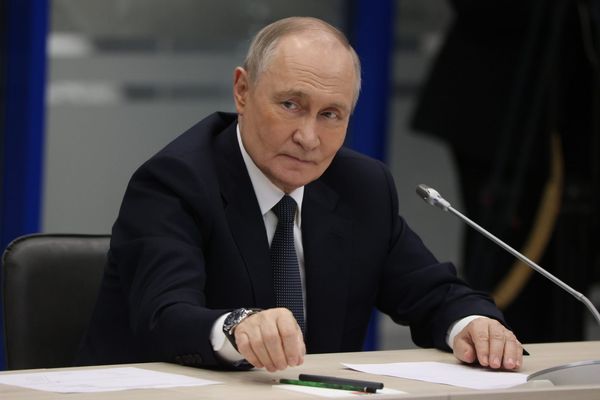
A video posted on social media showing armed men burning a man to death in western Ethiopia has drawn condemnation and renewed fear over increasing horrific incidents of ethnic violence.
Eleven people, including nine ethnic Tigrayans, were killed on 3 March in the Ayisid Kebele of Metekel zone, in the Benishangul-Gumuz region where waves of ethnic violence over the last year have killed hundreds of people.
Ten of the people were shot dead while the 11th, a Tigrayan man, was burnt alive according to the Ethiopia Human Rights Commission (EHRC). The commission said the “extra-judicial killings” were carried out by Ethiopian forces and other armed groups according to its investigations.
In clips from the graphic five-minute video which emerged on social media on Saturday, more than 50 armed men, including from the Ethiopian army, are seen carrying a man in plainclothes towards a charred, burnt out heap, where it appears people had already been burned.
After lobbing insults at him, they throw him on to the heap, adding branches, wood and grass to reignite the fire. According to researchers, the men spoke Amharic and some are thought to be from the Amhara militia group, Fanos, a regional ethnic militia group that has been fighting alongside Ethiopian forces according to several reports, during a bloody, on-going conflict between Ethiopia and the Tigrayan People’s Liberation Front, in the north of the country.
In a statement on Sunday the EHRC said, “the act of burning bodies and a person into death was perpetrated by members of government security forces and the involvement of other people and the action was an extra-judicial killing.”
The killings happened after government forces and other armed groups responded to attacks that occurred the day before, when 20 government security force men and three civilians were killed by militants in the restive area. The following day, government forces conducted widespread searches, and intercepted a bus full of either Tigrayans who had just been freed from detention.
The Tigrayans were accused of aiding the militants who carried out the attack, eyewitnesses told the EHRC. “You are the ones who provided the information (to the gunmen)” the Tigrayans were told, and were then shot dead, alongside two others, eyewitnesses said. Another Tigrayan found hiding in a government security vehicle nearby was then taken away and burned alive, recorded in the footage that has since sparked widespread outrage and demands for accountability in Ethiopia.
A war that began in November 2020, when Nobel prize winner and prime minister Abiy Ahmed launched a military offensive against the TPLF, has further exploded historic, regional and ethnic divisions in Ethiopia. Forces from Amhara and Afar in Ethiopia, as well as historic foe Eritrea, have been involved in the conflict. Mass atrocities along ethnic lines have taken place on all sides, yet many are committed by Ethiopian aligned forces.
According to William Davison, a senior analyst on Ethiopia at Crisis Group, the “horrifying video” fits a pattern of incidents in recent years where Tigrayan citizens have been targeted in Ethiopia and blamed for being involved in plots to undermine the state.
“Accompanying the civil war in northern Ethiopia has been a broader suspicion of Tigrayans for supporting Tigray region’s armed resistance, which has led to persecution of that group. There have been other incidents in recent years of mob violence against Tigrayans. So the fact that these Tigrayans in Metekel have been accused and summarily executed does fit a pattern,” he said.
“Metekel Zone in Benishangul-Gumuz region has experienced serious intercommunal and insurgent-counterinsurgent violence for a number of years,” he added.
Government and regional forces have been deployed in the Benishangul-Gumuz region since unarmed groups, suspected to be made up of ethnic Gumuz people in Metekel, targeted government officials and security forces, as well as other ethnic minorities.
The region was already host to more than 70,000 Sudanese and South Sudanese refugees and more than 500,000 internally displaced Ethiopians. More than 20,000 refugees have since fled to other areas, according to the UN.
In response to the video of the burning, Ethiopia’s government said on Saturday: “A horrific and inhumane act was recently committed” and vowed to bring the perpetrators to justice.
“Regardless of their origin or identity, the government will take legal action against those responsible for this gross and inhumane act.” Yet rights groups have accused the government of failing to adequately investigate alleged abuses by its troops during the conflict, or during spates of intercommunal violence.







